Our planet relies on the oceans as climate regulators. At the same time, the effects of our emissions are most evident in the oceans. Today, eutrophication, climate change, ocean acidification, and invasive species are some of the challenges the oceans face. The Ocean – A key player in climate
The oceans are already significantly impacted by human activity, making them sensitive to further influence from climate change. Habitats of species may disappear, shift, or shrink, while others gain access to new distribution areas. This can lead to a reduction in biodiversity, exacerbating the oceans’ resilience against, for example, climate change.
According to the International Panel on Climate Change (IPCC), over 90 percent of excess heat and between 20 and 30 percent of carbon dioxide emissions have been absorbed by the oceans. Carbon dioxide is absorbed by the oceans as the gas dissolves in water, and phytoplankton in surface waters take it up and bind it in organic material through photosynthesis. Phytoplankton are then consumed by zooplankton, which, along with other organisms, fall towards the ocean floor as marine snow when they die. This process allows large amounts of carbon from the upper layers of the ocean to reach deeper layers which is crucial for the organisms there. The transport of carbon to the bottom also ensures that it remains in the oceans much longer than if it were to stay in the surface layer, potentially leaking carbon dioxide back into the atmosphere.
One effect of increased emissions of greenhouse gases is ocean warming. When the oceans become warmer, the entire ecosystem is affected. Fish size may change, algal blooms and dead zones increase, and many species such as eelgrass, harbor seals, and mussels struggle to survive. Furthermore, as water becomes warmer, it becomes more challenging for the oceans to absorb carbon dioxide, potentially worsening climate change further.
The warming of the oceans is now the fastest in at least 11,000 years. Although it can be slowed down with powerful measures, the stored heat energy contributed so far will continue to warm our planet for hundreds or even thousands of years.
The oceans play a large role in how we experience the climate on our planet. Thanks to the Gulf Stream, Nordic countries for instance have a relatively mild climate in relation to their northern positions. Warming of the seawater leads to significant changes in ocean circulation and rising sea levels as the ice in the ocean’s melts. The decrease in ice is more pronounced in the northern hemisphere than in Antarctica, and research indicates that the ice will continue to melt for at least 100 years, regardless of the measures taken. However, the effects worsen with the more greenhouse gases we emit. Many scientists are concerned about how the Earth will be affected when the Arctic ice disappears, as it affects the climate by reflecting solar radiation.
Climate change will affect the salinity of the oceans. In areas near the equator, evaporation will increase, leading to an increase in salinity. In areas closer to the poles, such as the Swedish seas, salinity will decrease as precipitation and the influx of freshwater increase and polar ice melts.
Changes in salinity and temperature can, among other things, lead to increased oxygen deficiency. This is because the stratification of seawater in depth becomes clearer, preventing mixing and transport of oxygen-rich water to the bottom. Salinity and temperature also largely control the geographic distribution of species, meaning that climate change can have significant consequences for biodiversity.
The evil twin of warming
The absorption of carbon dioxide by the oceans has almost doubled since the 1980s, but it has come at a cost. When carbon dioxide is mixed into the water column, the chemistry of the ocean changes. A higher concentration of carbon dioxide in the ocean increases acidity, a phenomenon called ocean acidification, sometimes referred to as the “evil twin of warming.” Like the effects of climate change, ocean acidification can lead to the extinction of species or shifts in ecosystems. Studies show that key species such as brittle stars in Gullmarsfjorden would not survive the acidification expected within a few decades. And since many species depend on them, it can have significant consequences for the entire ecosystem.
Ocean acidification affects various biological processes such as photosynthesis and calcification. Many marine organisms are affected by the fact that ocean acidification makes calcium less accessible, as they form shells and skeletons from calcium. Corals are affected by both calcium deficiency and increasing temperature. Coral reefs are one of the ecosystems with the highest biodiversity globally but are also most affected by climate change, leading to coral bleaching. Even the coral Lophelia in Kosterhavet National Park is affected by increased temperature and acidity.
Eutrophication
Today, several marine areas, such as the Black Sea and the Baltic Sea, are affected by eutrophication. This is due to increased nutrient input, leading to the proliferation of fast-growing phytoplankton, cyanobacteria, and filamentous algae. This makes it difficult for other species to survive as much sunlight is blocked. When the algae sink to the bottom, bacteria use up the oxygen to break down the organic material. This has resulted in large dead zones in, for example, the Baltic Sea, where only bacteria and a few other microorganisms can survive in the oxygen-depleted environment. Eutrophication leads to overgrown bays, deteriorated water quality, and reduced biodiversity.
While some nutrient inputs occur naturally, human activities contribute significantly by adding extra nutrients in the form of nitrogen and phosphorus. Agriculture, sewage, industries, forestry, road traffic, and shipping all contribute to eutrophication. Because eutrophication in the Baltic Sea has been ongoing for so long, there are old sins in the form of nutrients bound in sediment. Internal loading is a process where these nutrients are released, mainly when there is limited oxygen at the bottom. Eutrophication thus creates a negative spiral where the system eventually feeds itself.
Although the eutrophication status is still poor in most parts of the Baltic Sea, improvements can be seen in the Gulf of Finland, Kattegat, and the Belts. According to the Helsinki Convention, HELCOM, nitrogen inputs have decreased by 19 percent, and phosphorus by 24 percent since the mid-1990s. To further reduce the impact of eutrophication, the main sources, namely agriculture and wastewater, should be controlled.
Environmental toxins
Many environmental toxins have decreased significantly since the 1970s. However, society’s extensive use of chemicals needs further reduction. History speaks clearly: actions make a difference.
Almost all toxic substances released into nature are considered environmental toxins. Some of these can harm animal and plant life even at low levels if they persist for an extended period. Environmental toxins often break down slowly, meaning their effects can be both long-lasting and spread over large areas. Some common environmental toxins include mercury, lead, cadmium, tributyltin (TBT), DDT, PCB, and dioxins.
Most organic environmental toxins are fat-soluble and therefore accumulate in the fat tissue of various organisms. Toxins accumulate to a greater extent the higher up the food chain you go. Therefore, top predators, often suffer more from environmental toxins than prey animals. When humans eat fish that have stored environmental toxins, they ingest these toxins. This has led to specific dietary recommendations for pregnant women, children, and young people when it comes to fatty fish.
White-tailed eagles and seals were heavily affected by environmental toxins during the 1960s and 70s because they are long-lived animals high up in the food chain. The white-tailed eagle was close to extinction because the chicks did not survive. Seals in the Baltic Sea struggled to reproduce, and in combination with hunting, environmental toxins led to only a few thousand seals remaining. After measures were taken to reduce the levels of environmental toxins, white-tailed eagles and seals in Sweden increased.
But despite the prohibition of PCB and many measures aiming at reducing the spread of environmental toxins, the levels are still relatively high. Some dioxins are considered some of the most dangerous environmental toxins as they can affect the development of our brain, immune system, nervous system, and the ability to have children. This is due to their long-lasting nature and the existence of emission sources that Baltic Sea countries have not yet addressed. Additionally, humans constantly introduce new chemicals that risk reaching the oceans.
Plastic in the ocean
A common pollution in the oceans today is plastic. In the oceans, more than around 150 million tons of plastic float, increasing by 5 to 13 million tons each year. Estimates show that 80–85 percent of marine litter in the EU consists of plastic. Of this, 50 percent are single-use products, and 27 percent are fishing-related items. Lost fishing gear, such as nylon nets, often float around as death traps for animals, known as ghost nets. Whales, seals, seabirds, and other animals can get entangled in these and die.
To try to reduce the problems of plastic waste in the oceans, the EU introduced a directive against single-use plastics in 2021, prohibiting the sale of plastic straws, among other items. Since it takes several hundred years for plastic to break down in the ocean, it instead slowly disintegrates into smaller parts, eventually becoming microplastics. Microplastics are also flushed into the oceans from wastewater treatment plants, often originating from fabrics made of synthetic materials and additives in hygiene products and cosmetics. About 10–30 percent of plastic particles elude capture by wastewater treatment plants and end up in the oceans. If animals ingest microplastics, they can be harmed or poisoned. Additionally, when they consume plastic, a false sense of being full occurs, leading to malnutrition. In water, plastic particles act as magnets for bacteria and environmental toxins, which animals ingest.
Although no significant risks for the environment and health have been found with current concentrations of plastics, knowledge gaps are significant. This currently prevents any conclusive statements about the risks of microplastics.
TEXT: Lina Mattsson
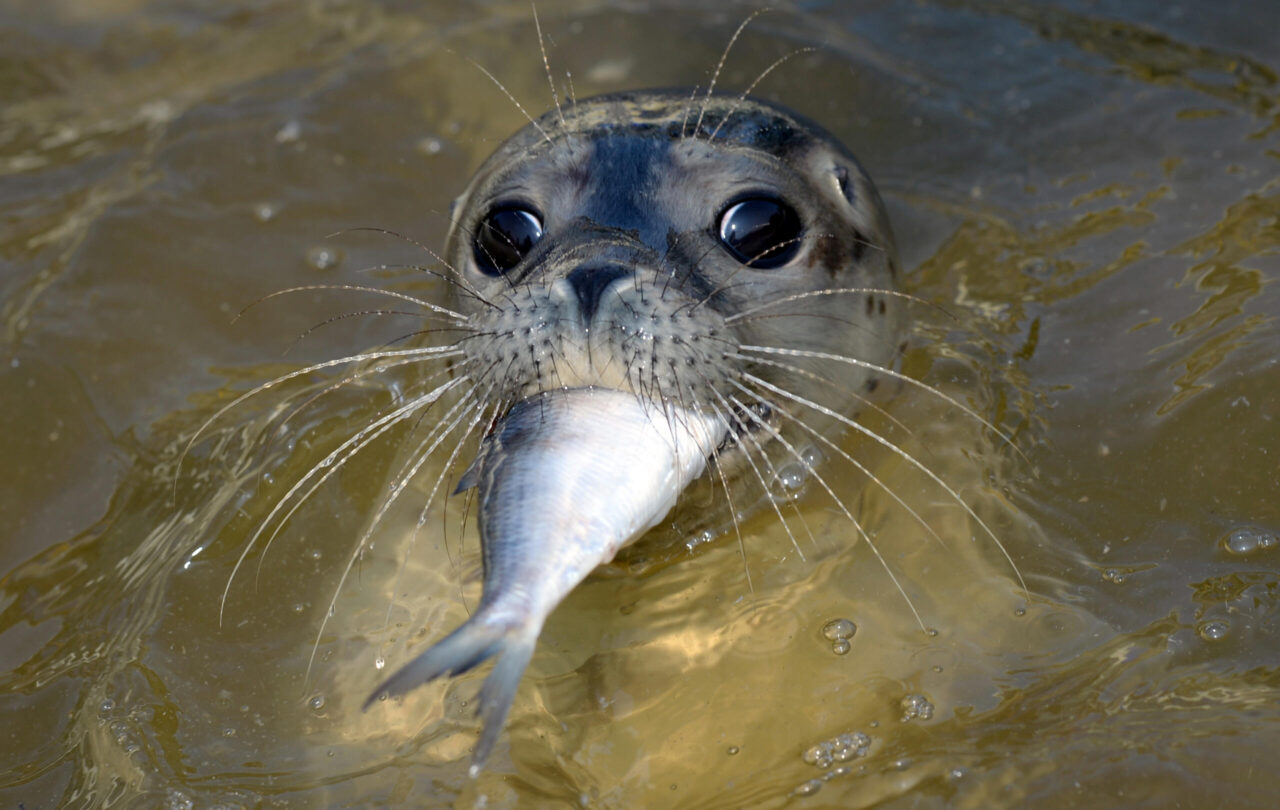
Researchers will try to get a seal away from Mörrumsån in Blekinge, where it is feared to disturb the salmon, with a new seal scare that emits sounds underwater
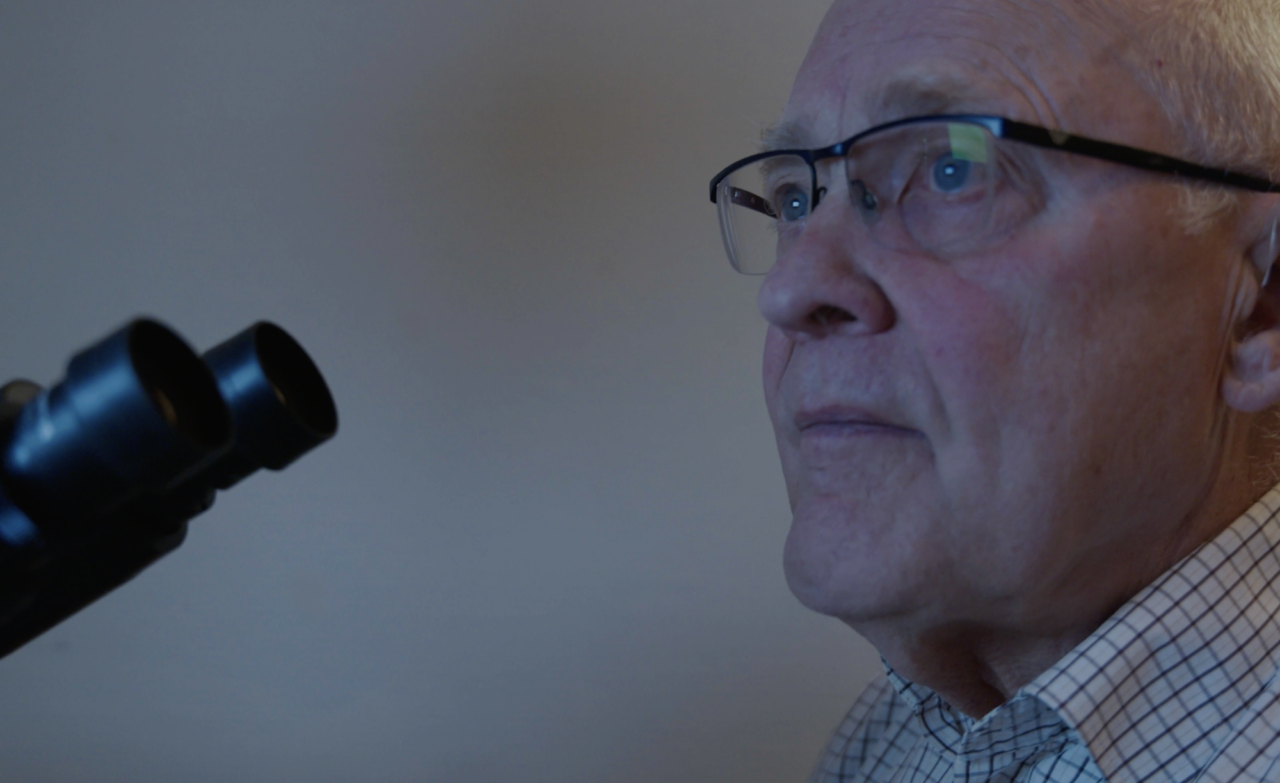
Life in a drop of water can be more exciting than lions on the savannah, says documentary filmmaker Hans Berggren, who specializes in microfilming
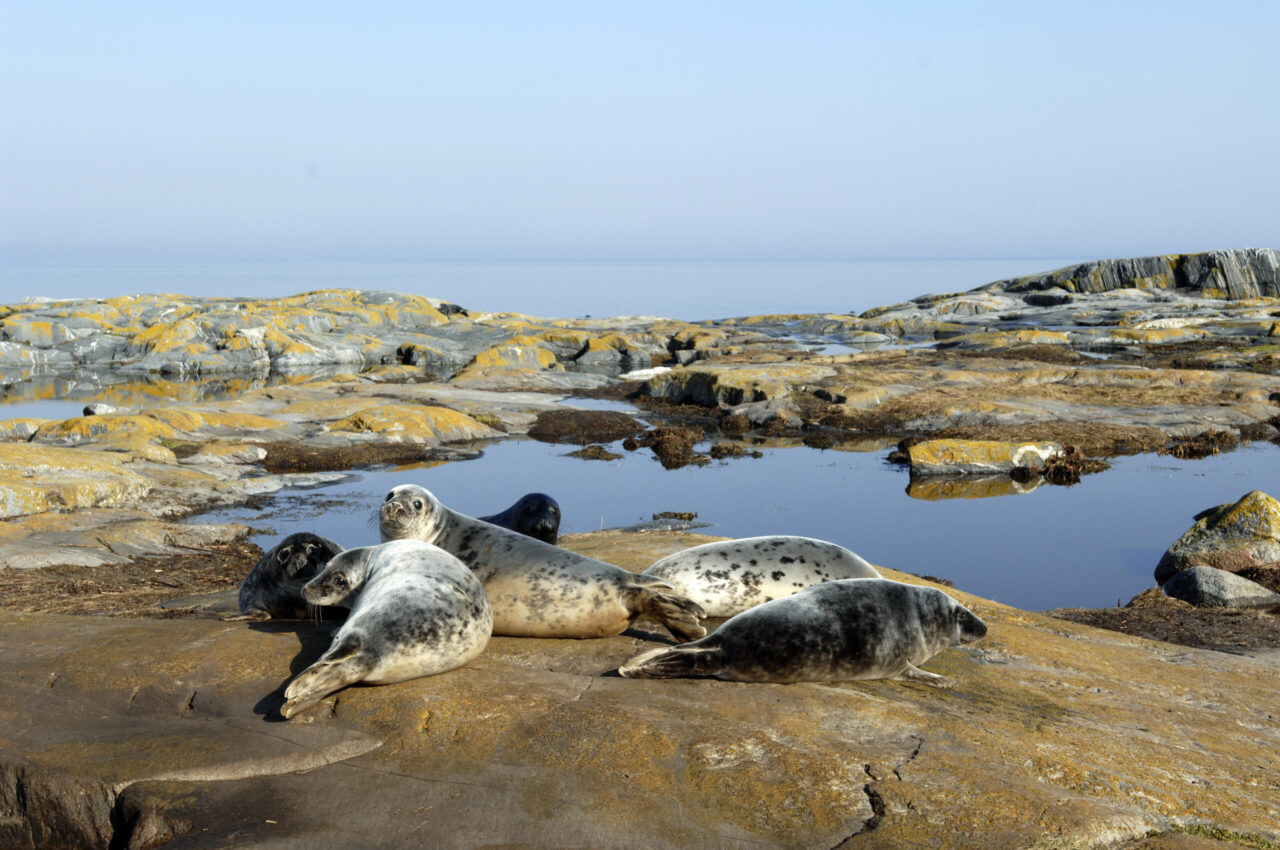
The government makes it possible to introduce licence hunting for both grey seals and humpback seals. "This is about protecting fish stocks and coastal fishing," says Minister for Rural Affairs Anna-Caren Sätherberg
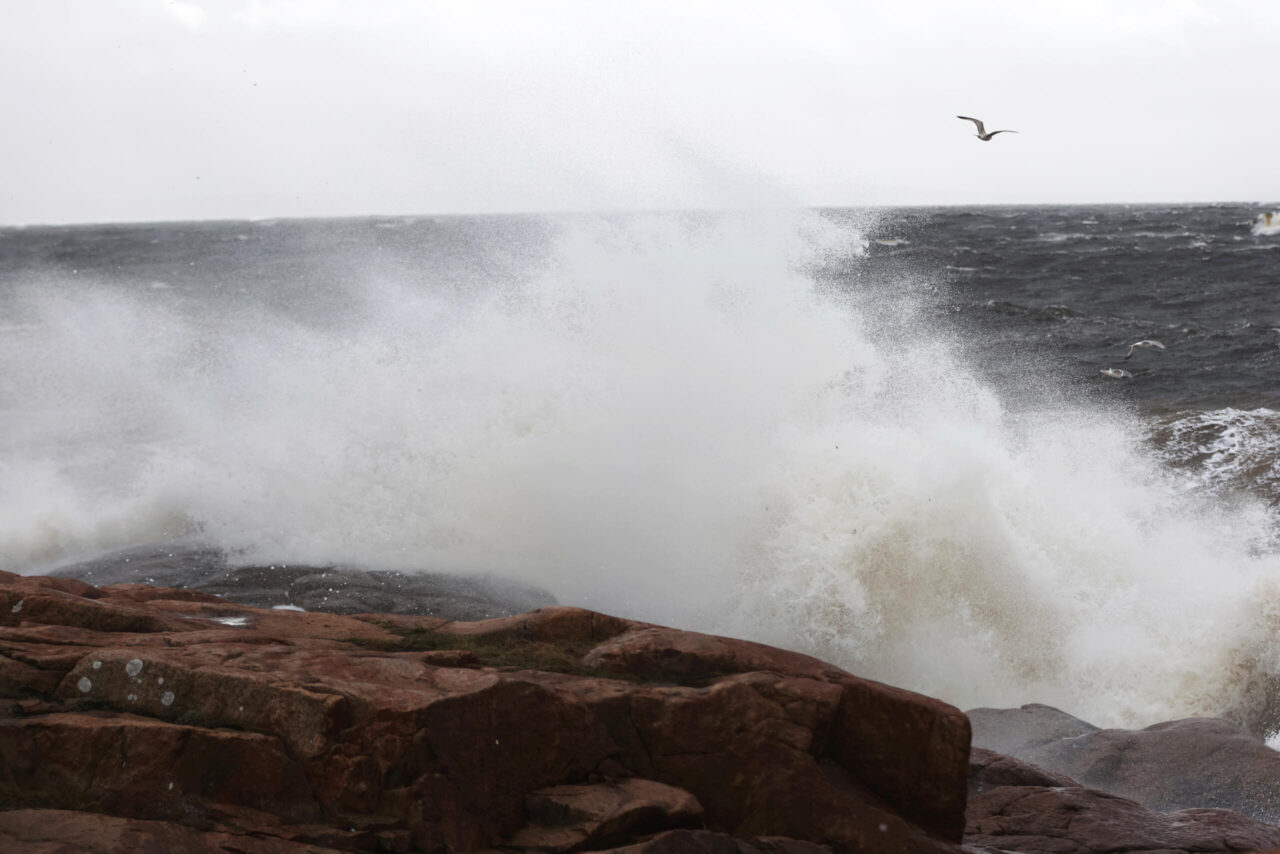
"For us who live on land, the consequences are that this is an environmental problem that we will have to live with for a very long time," says researcher Jana Johansson

"I soon discover that there is magic not just in the light and the wild interplay between the elements but also in the structures and culture that rugged coastal communities have created."
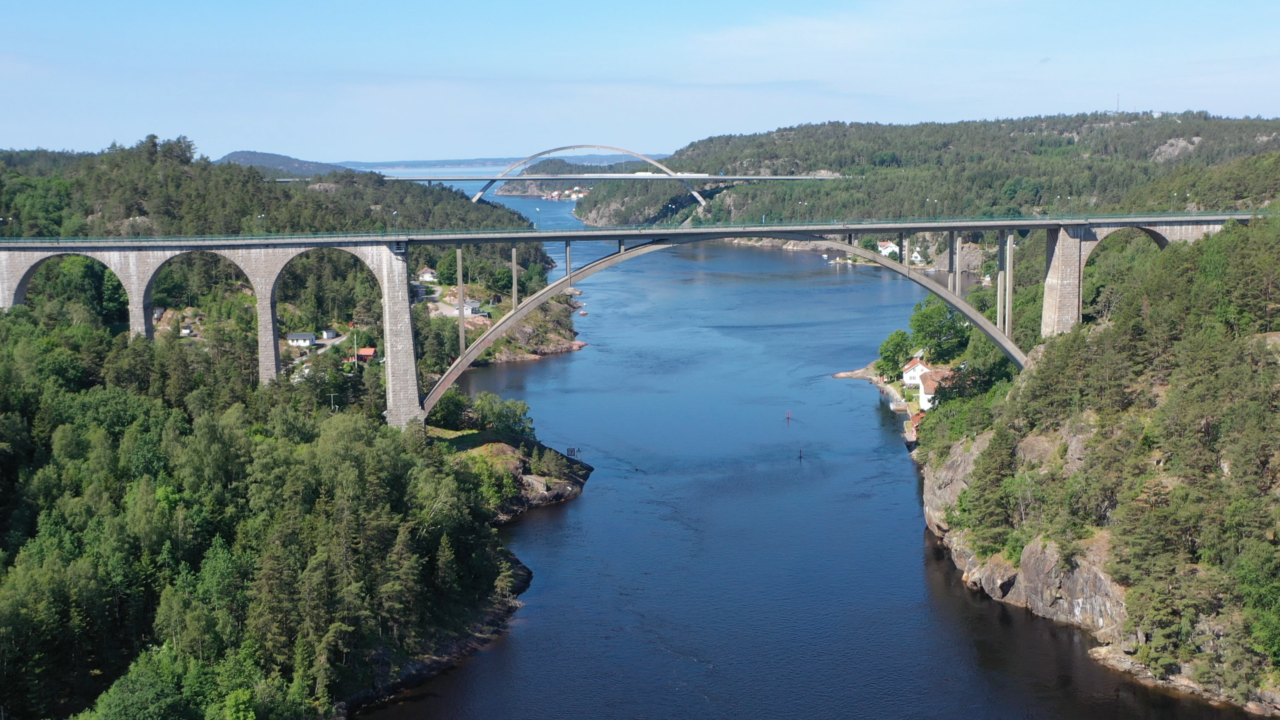
Buried toxins could leach into unique aquatic environments if the industrial company is allowed to follow through on its construction plans at Idefjorden, according to several appeals. Plans for dredging and blasting at the Swedish-Norwegian border have now been paused for at least six months

Today, it is estimated that 14 percent of Swedish waters are protected areas. However, in several protected areas, human impact such as trawling and shipping is widely allowed, and the question is how protected the protected sea is
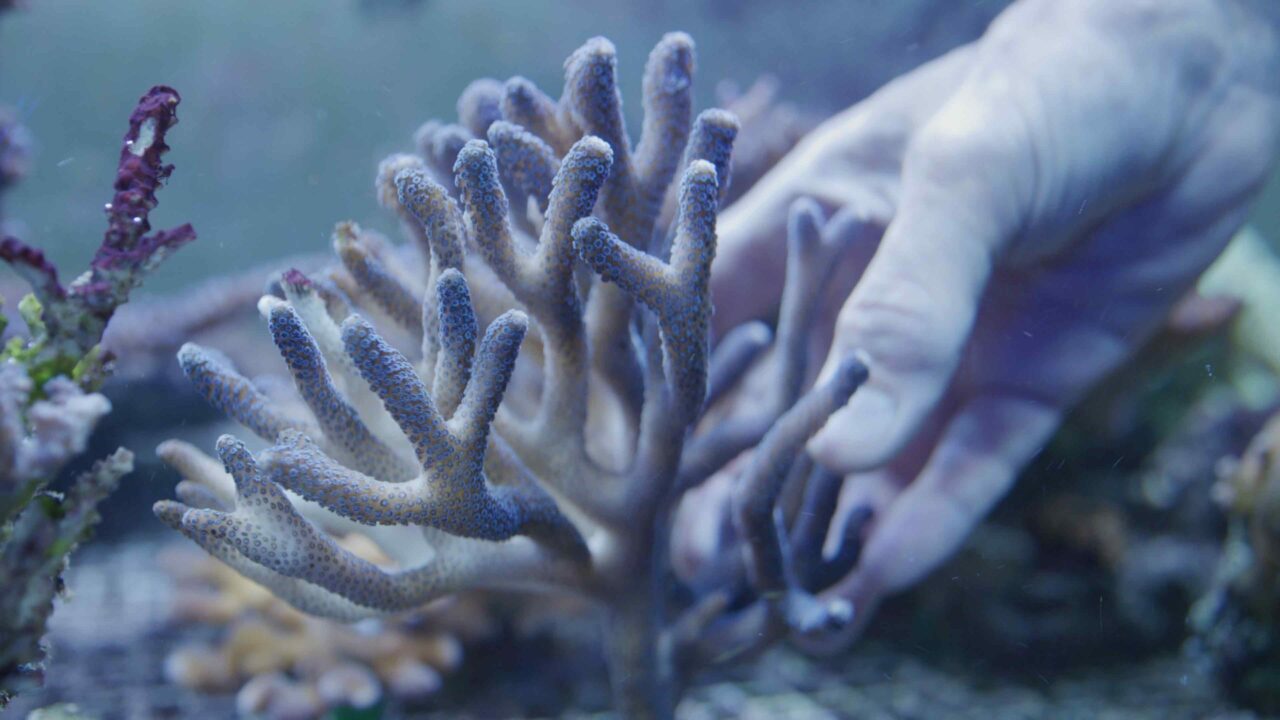
"The more corals that disappear from nature, the more important ours in aquariums become," says researcher Björn Källström
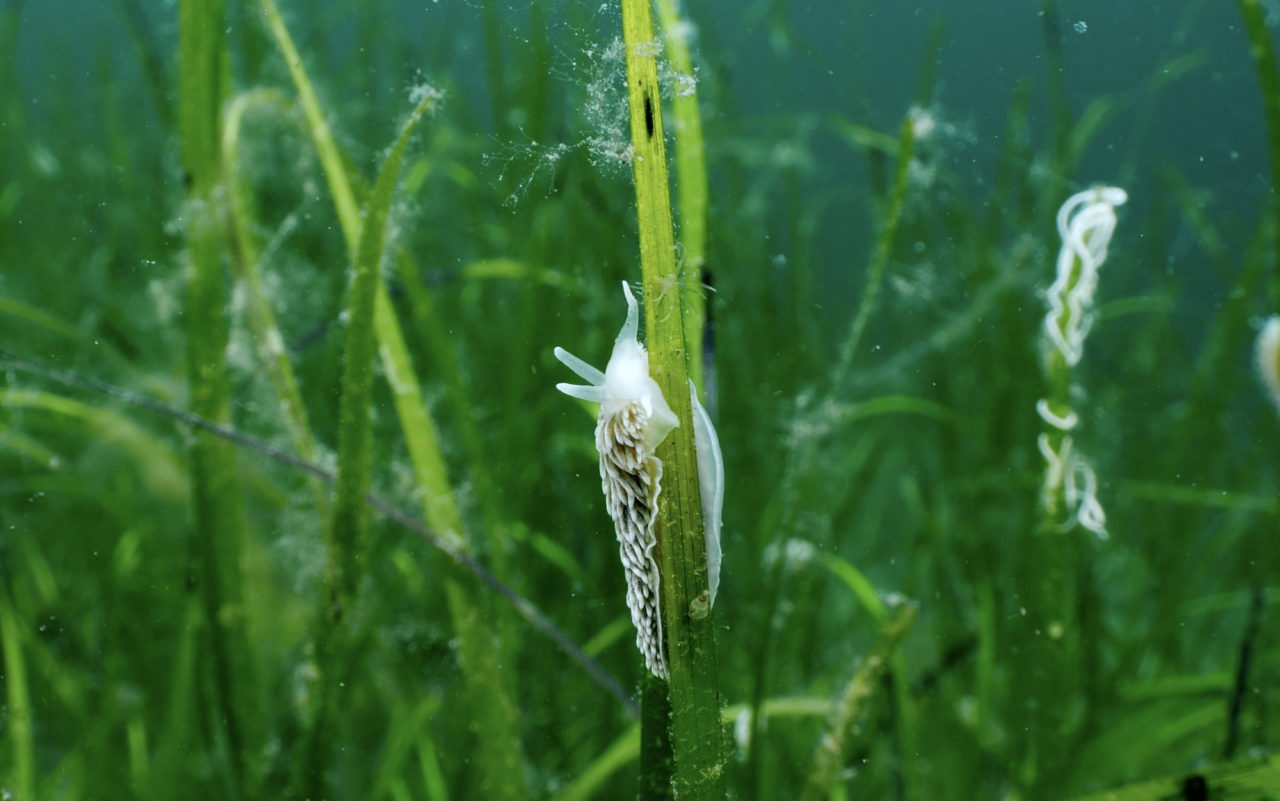
In Bohuslän, 90 percent of the eelgrass meadows that existed in the area have been lost only 40 years ago. Now they are trying to replant the meadows, but it seems more difficult than first thought
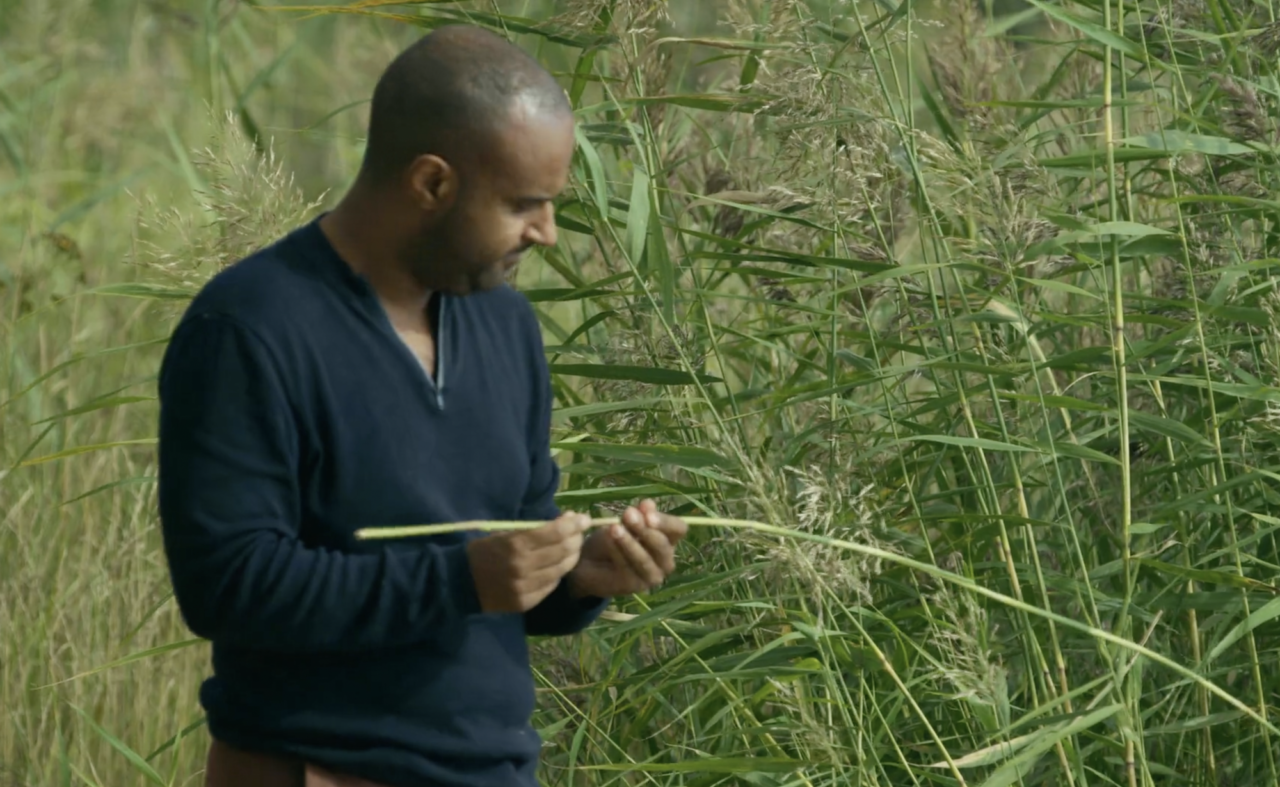
Since 3 July this year, EU countries are no longer allowed to put plastic straws on the market. For entrepreneur Eyoel Lundberg, this was good news. He claims to have found the perfect replacement for the plasticky pipe – and that innovation comes from the sea
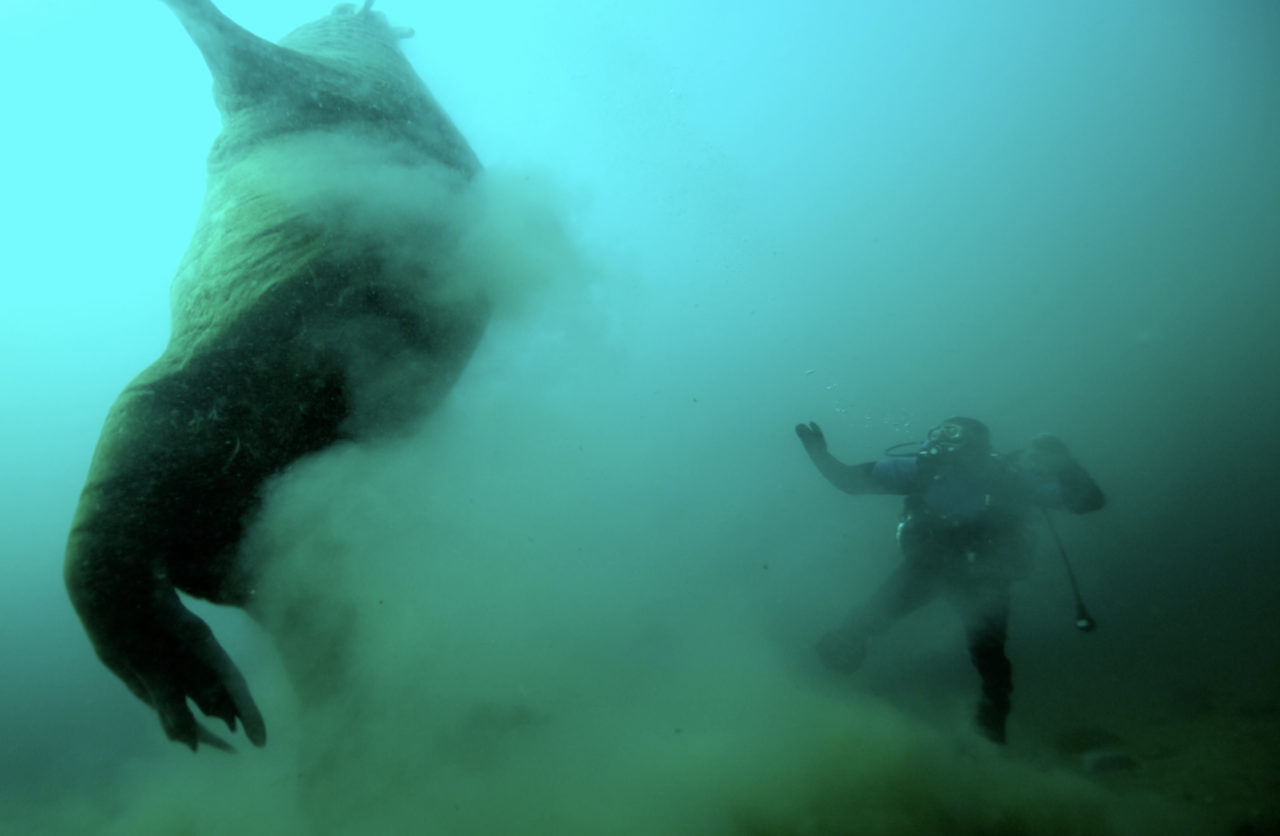
Over the summer, Deep Sea Reporters photographer Simon Stanford will travel to Greenland for just over a month to film walruses for an upcoming documentary. As a travel companion, he has underwater photographer Göran Ehlmé and researcher Lars-Öivind Knutsen
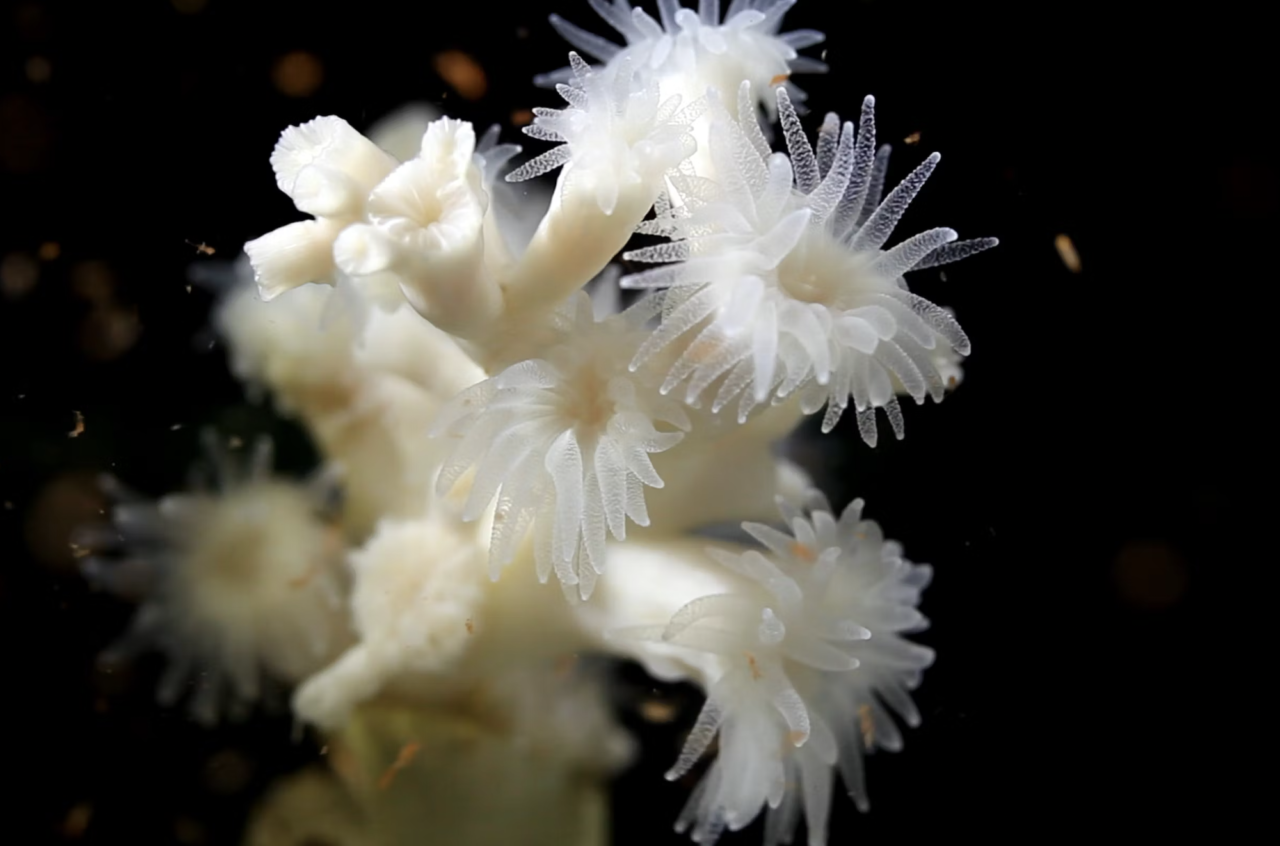
At Kosterhavet National Park, research work is underway to preserve and renew the stocks of Eye Coral
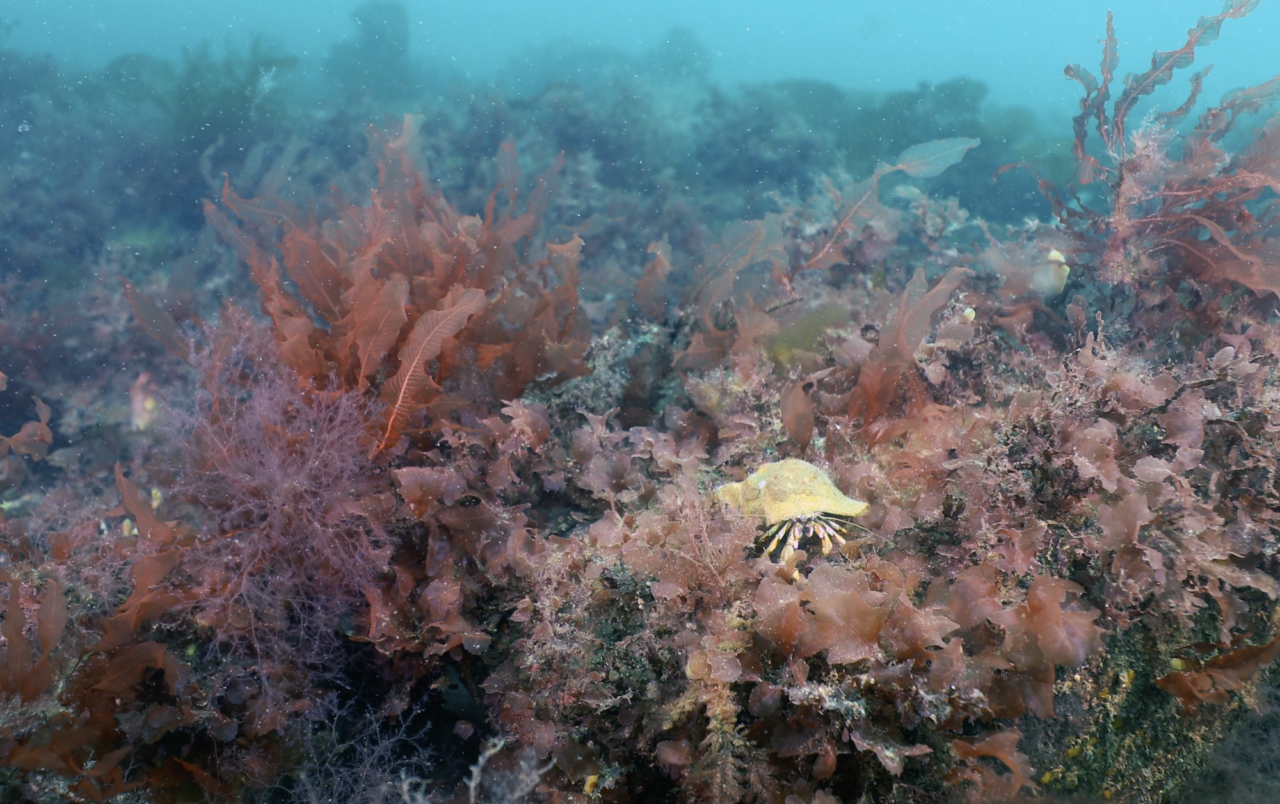
Öresund is a unique marine environment. In the waters between Denmark and Skåne, the sweet and oxygen-poor waters of the Baltic Sea meet the salty oxygen-rich water from the Kattegat. Trawl ban has been in place for almost 90 years
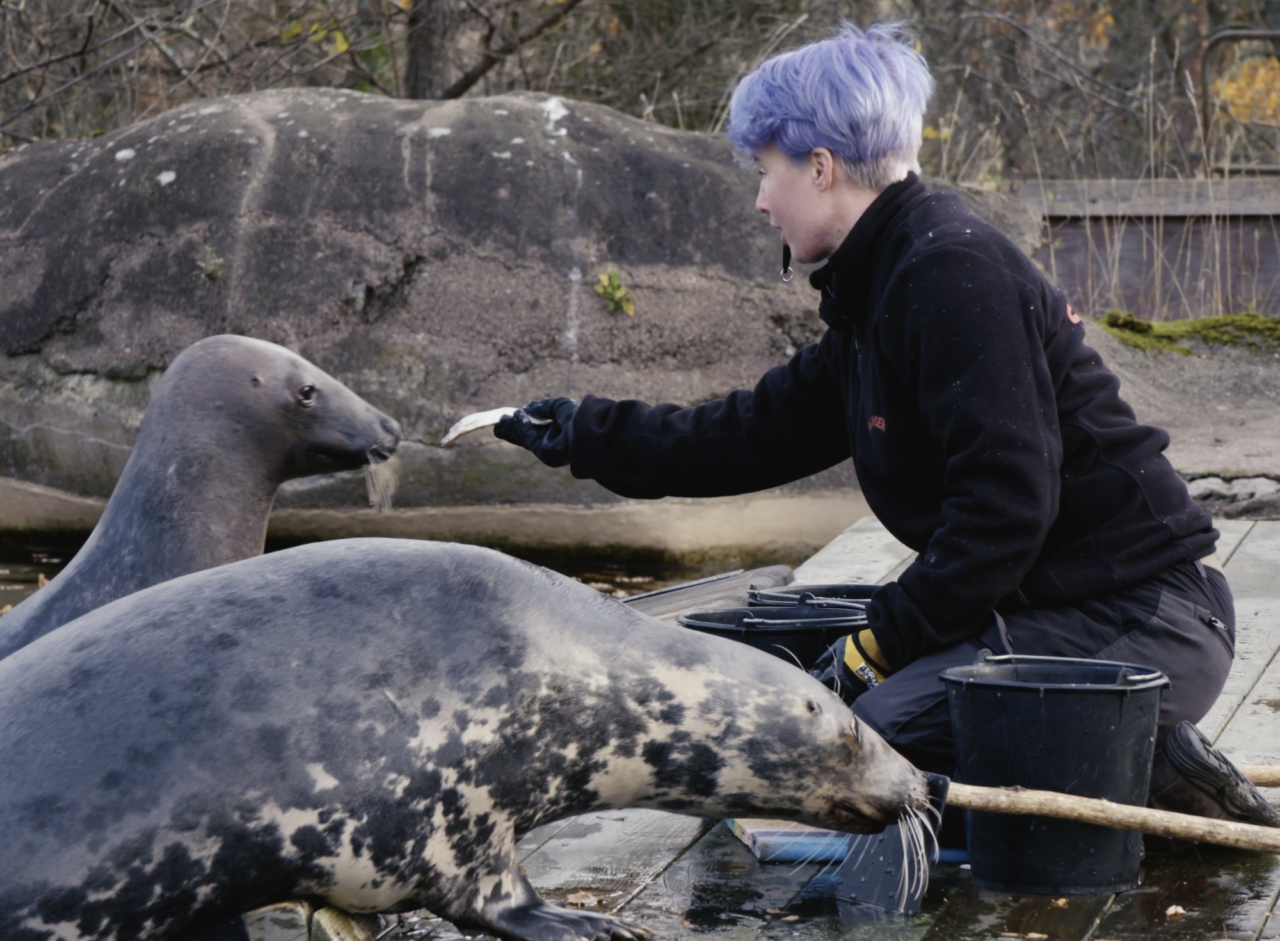
We accompanied the seal keeper Therese Alpstig Anund, from Skansen, the first time she met wild seals
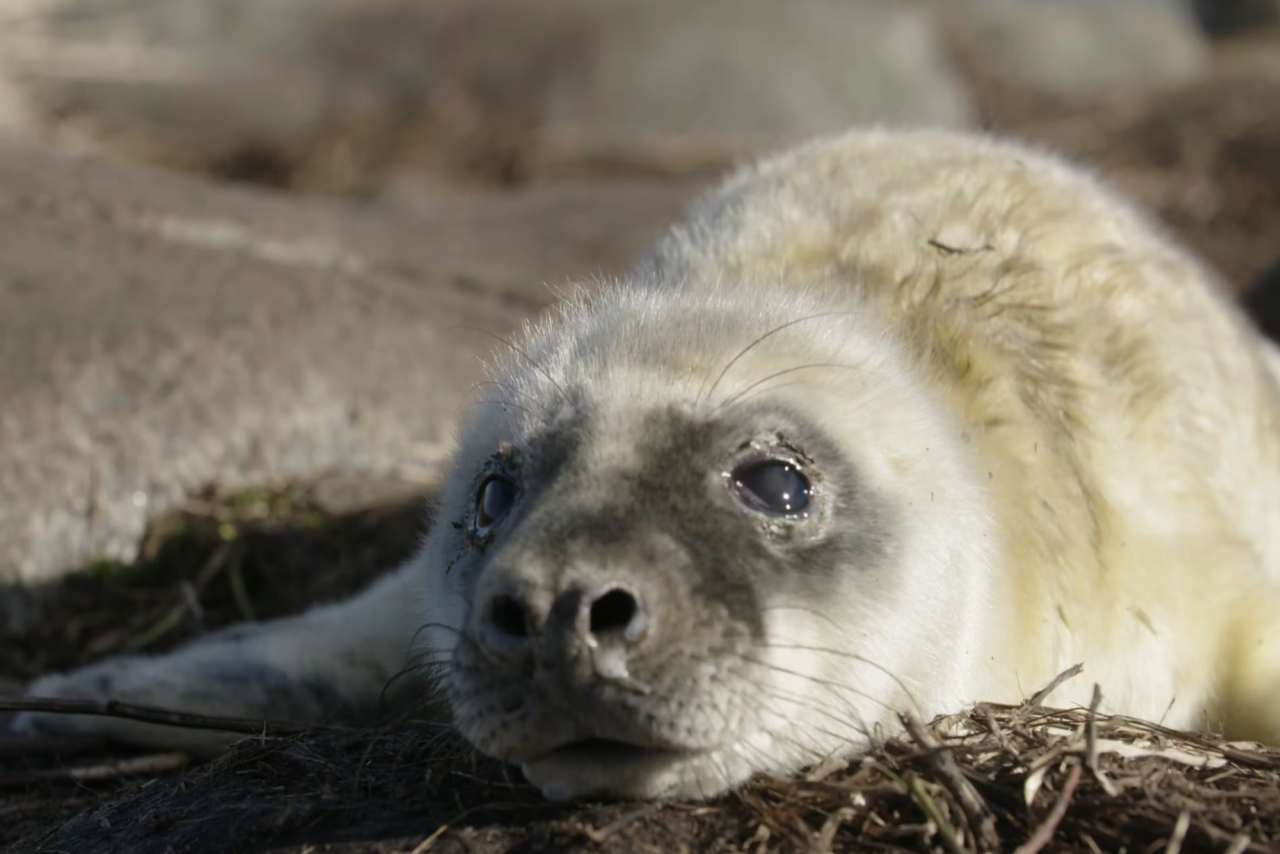
When the grey seal is born, it is largely helpless, and it does not take long for the mother to leave her kut. Deep Sea Reporter is present during the seal cubs' first days of life
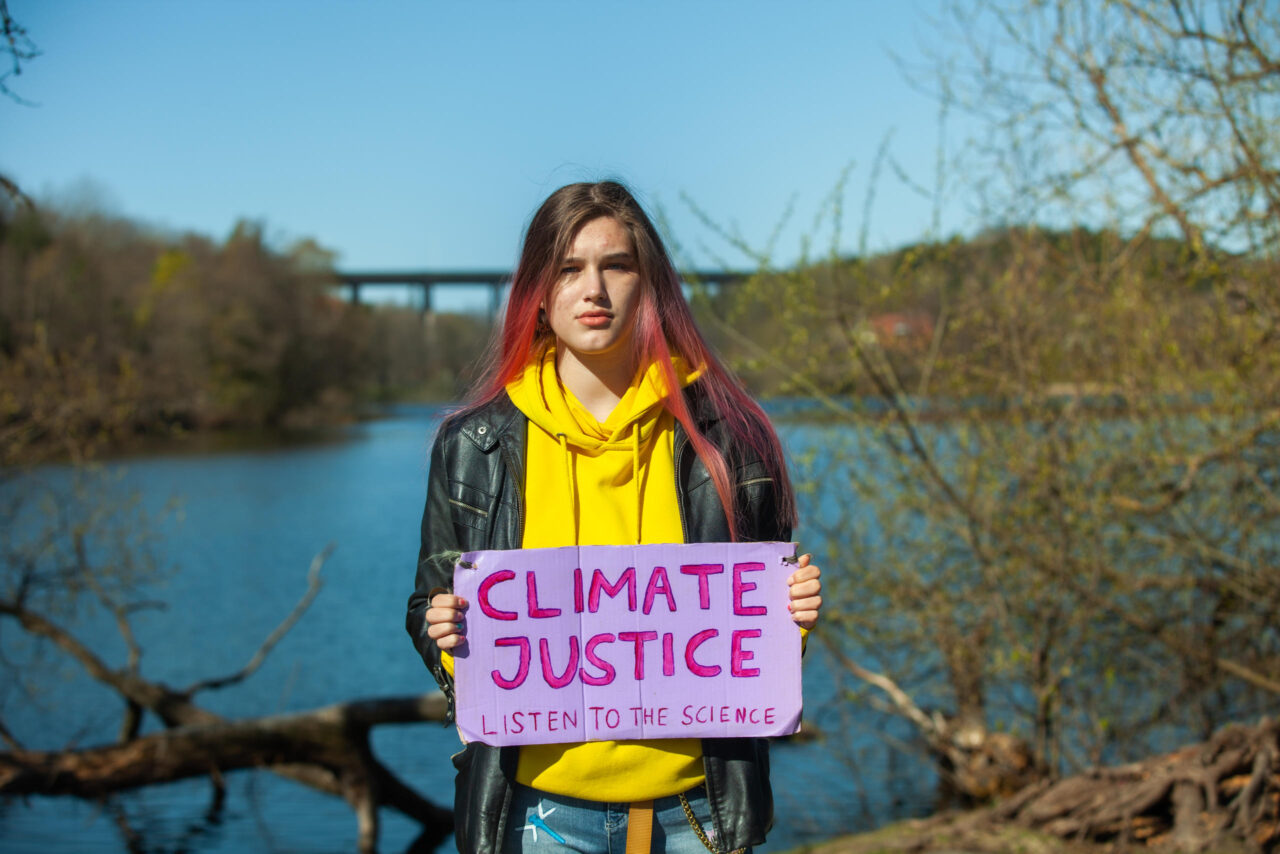
" I think it's important that you speak up and raise your voice for what you think is important
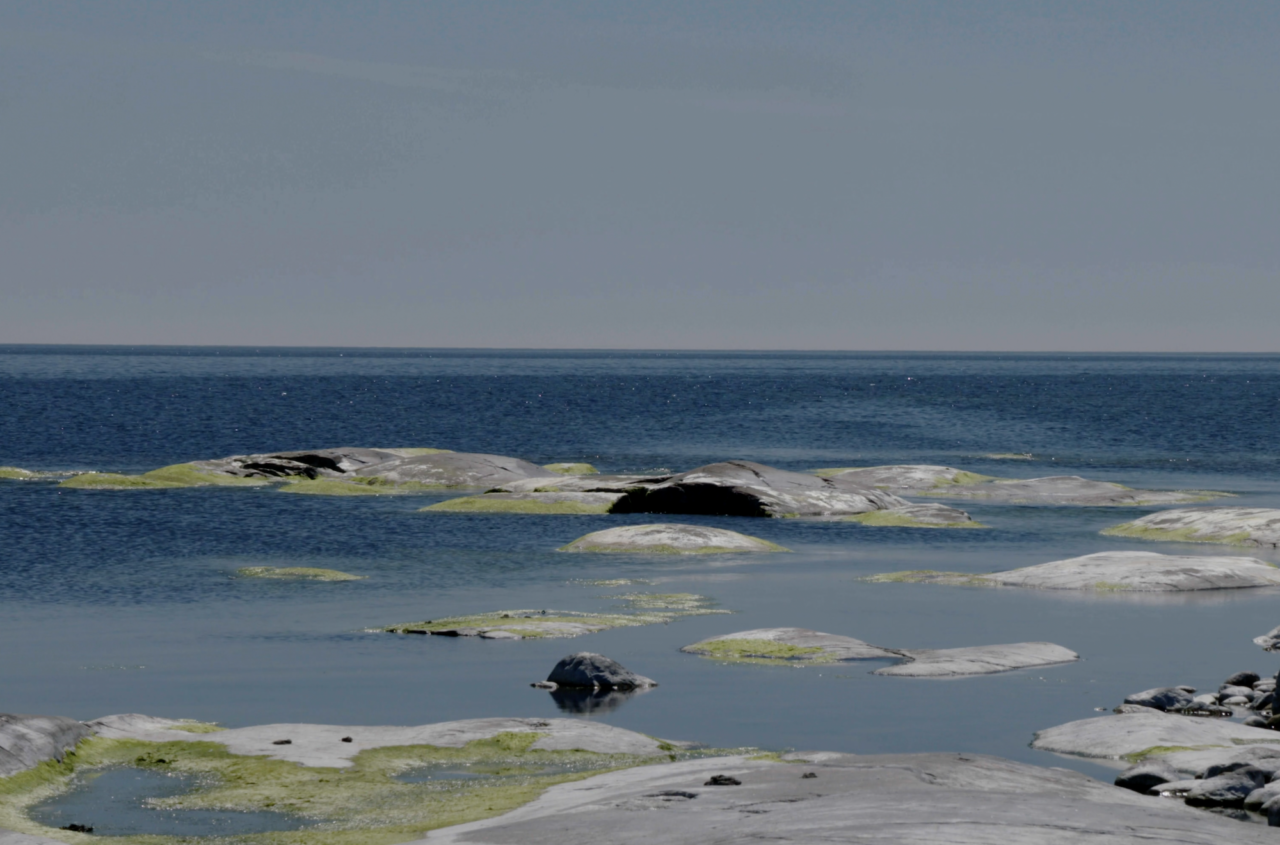
The lack of oxygen in the Baltic Sea continues to crisis in 2020, according to new measurements from SMHI. But the trend can be reversed if we have a little patience
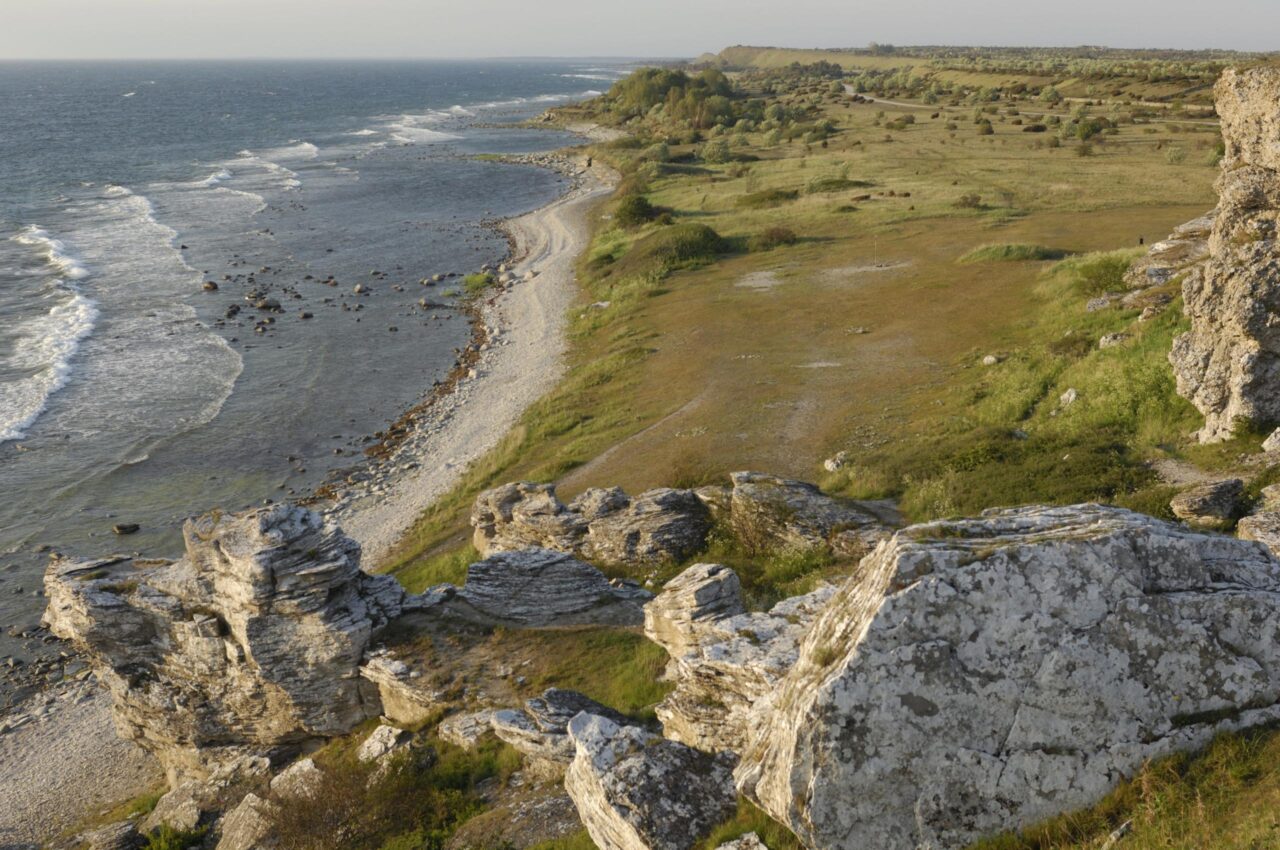
That history sometimes meets the present becomes clear in the case of chemical warfare agents from the Second World War. And not least, it also shows that the sea has for a very long time in human history been allowed to act as a garbage can
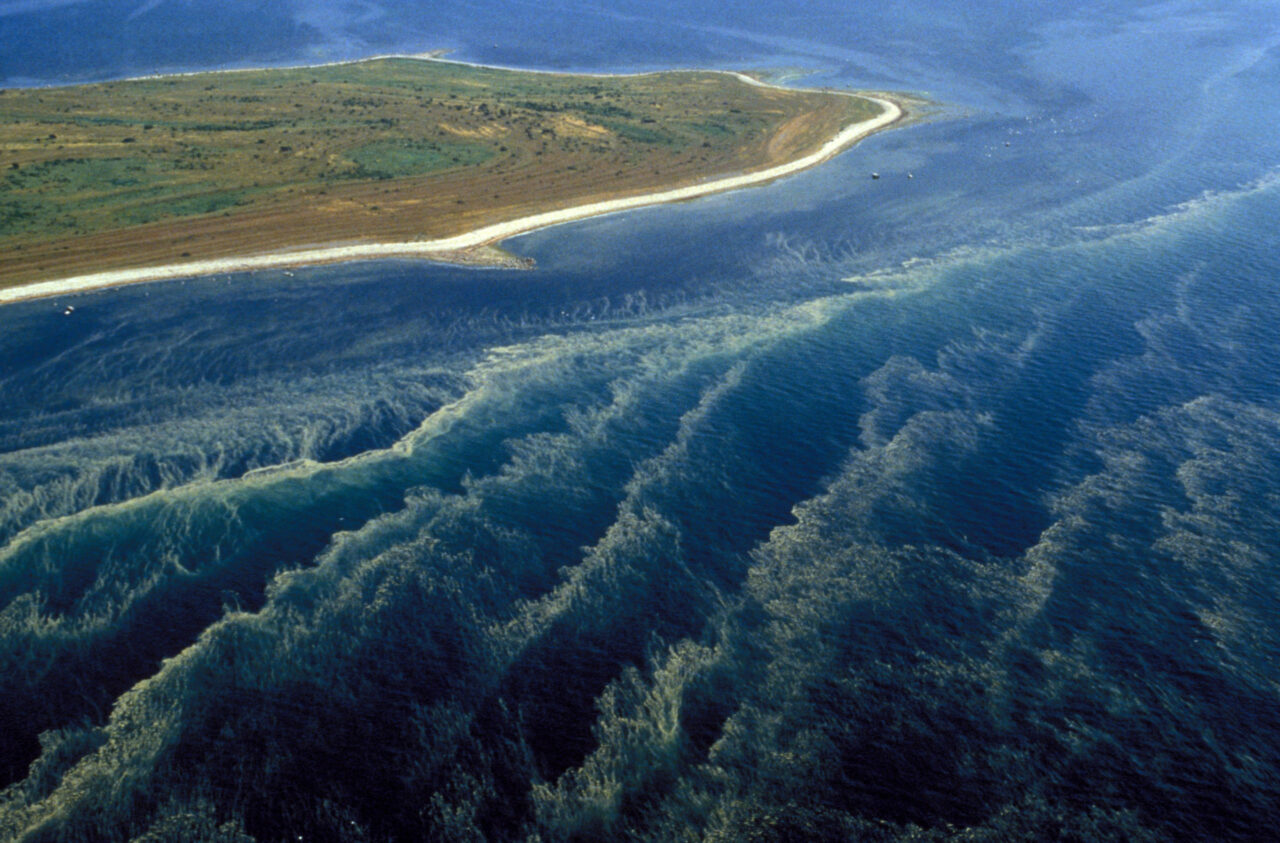
The Baltic Sea is experiencing excessive algal blooms year after year, and levels of phosphorus and nitrogen in the sea remain high. Yet less nutrients are leaking from agriculture and sewage than ever before. How is it connected?
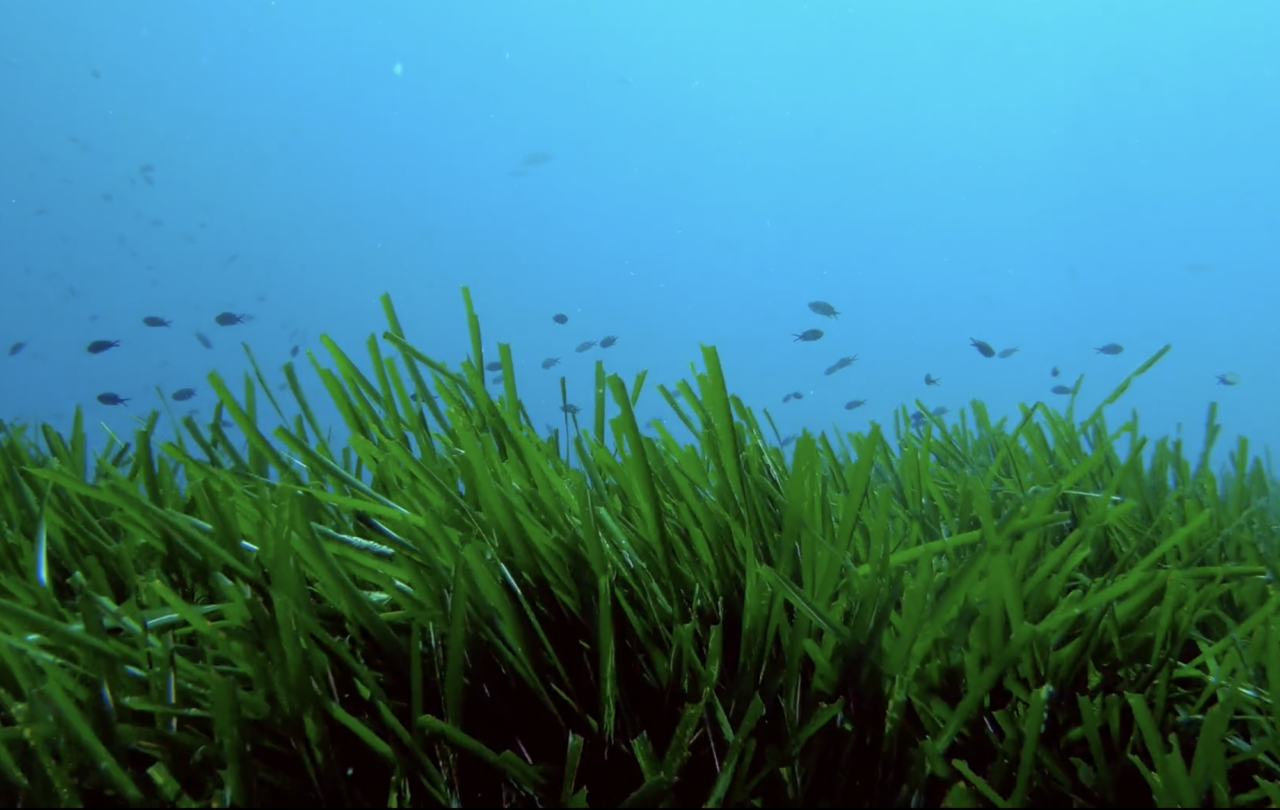
Interview with world-renowned oceanographer and author Callum Roberts, University of York

A journey from an industrial area outside Stenungsund to ancient Troy

An upcoming documentary about seals and a depleted sea. Trailer 2 min 54 sec